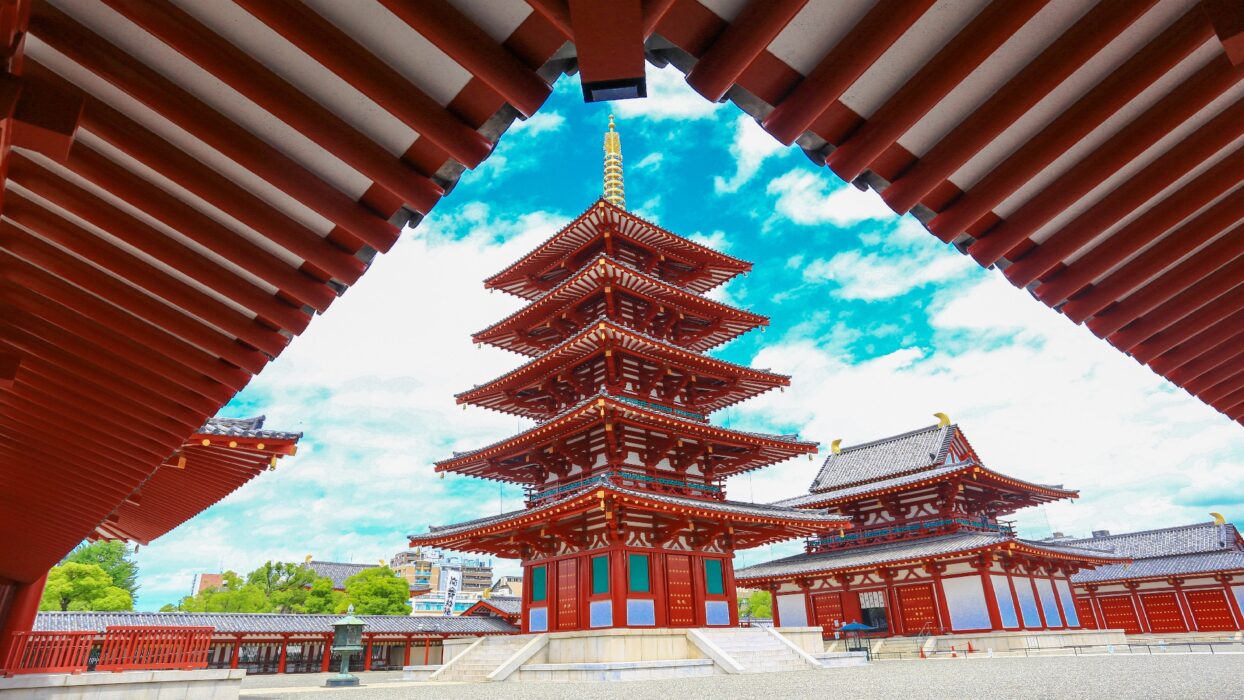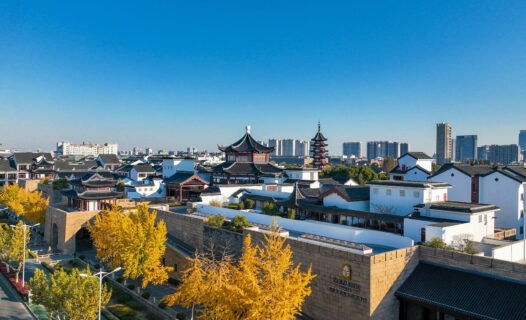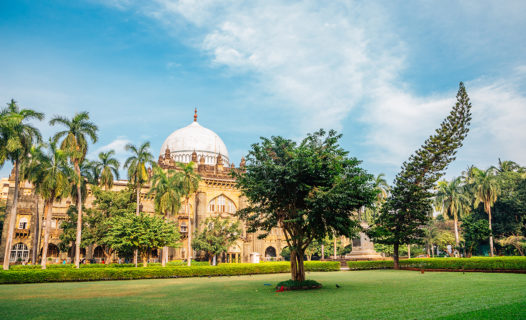Introduction to Kyoto’s Culinary Quest
Welcome to Kyoto, a city where every meal tells a story and each dish is a work of art! Renowned for its rich food culture, Kyoto is a culinary paradise that beautifully marries tradition with innovation. As you stroll through its charming streets, you’ll discover a feast for the senses—sights, sounds, and, most importantly, flavors that reflect centuries of culinary traditions. From the elegant presentation of kaiseki to the comforting warmth of yudofu, Kyoto cuisine is a delightful exploration of local ingredients and time-honored cooking methods.
Food enthusiasts will find themselves enchanted by the variety of Kyoto food specialties that await around every corner. With its unique approach to seasonal ingredients and meticulous preparation, Kyoto’s culinary scene is a celebration of both simplicity and sophistication. Whether you’re a seasoned foodie or just beginning your culinary adventure, the flavors of Kyoto promise to captivate your palate and leave you craving more.
Discovering Kyoto’s Food Specialties: A Taste of Tradition
Ready to tantalize your taste buds? Let’s dive into some of the traditional Kyoto dishes that are a must-try for anyone visiting this gastronomic wonderland!
Kaiseki: The Art of Japanese Dining
First up is kaiseki, a multi-course dining experience that embodies the essence of Kyoto’s culinary philosophy. Originating from the tea ceremony, kaiseki is not just a meal; it’s an art form. Each course is meticulously crafted, showcasing seasonal ingredients and exquisite presentation. Expect to savor dishes like delicate sashimi, simmered vegetables, and a small serving of rice, all harmoniously balanced to create a memorable dining experience. The artistry involved in kaiseki is a reflection of the chef’s skill and the region’s rich cultural heritage.
Yudofu: A Soothing Simplicity
Next, we have yudofu, or boiled tofu, which is a quintessential Kyoto dish. Simple yet satisfying, yudofu is made from fresh, locally sourced tofu, gently simmered in a light broth. Often served with a side of dipping sauces, this dish highlights the delicate flavors of the tofu and is a perfect representation of Kyoto’s focus on seasonal and regional ingredients. Enjoying yudofu in a serene setting, perhaps at a traditional ryokan, is an experience that embodies the peaceful spirit of Kyoto.
Obanzai: Home-Style Cooking
Don’t miss out on obanzai, a traditional style of home-cooked cuisine that hails from Kyoto. This style emphasizes using fresh, seasonal ingredients to create a variety of small dishes, often served family-style. Each dish reflects the creativity of the cook and the abundance of local produce. You’ll find everything from pickled vegetables to grilled fish on the table, making obanzai a delightful way to experience the warmth of Kyoto’s culinary traditions.
As you explore these traditional Kyoto dishes, you’ll gain insight into the ingredients and preparation methods that make them so special. The emphasis on quality and seasonality is what sets Kyoto cuisine apart, and it’s a journey worth savoring. If you’re eager to uncover more about Kyoto’s culinary gems, check out our article on Savor Kyoto Cuisine: Explore Hidden Culinary Gems.
The Ultimate Kyoto Food Tour: What to Expect
For those ready to take their culinary adventure up a notch, a Kyoto food tour is the way to go! Imagine wandering through the picturesque streets, guided by a local expert who introduces you to the best eateries and hidden gems that might otherwise go unnoticed. A typical food tour will lead you to iconic spots where you can sample everything from savory ramen to sweet matcha treats.
During your tour, you’ll have the chance to engage with local chefs and artisans, learning about their craft and the stories behind their dishes. This immersive experience not only tantalizes your taste buds but also connects you to the rich tapestry of Kyoto food culture. Whether you’re stopping by a traditional izakaya or a modern café, each bite will reveal the heart and soul of Kyoto.
Curious about where to start your food tour? You’ll want to check out the best restaurants in Kyoto, which are often bustling with locals and tourists alike. These culinary hotspots are where you’ll find the freshest ingredients and the most authentic flavors. Don’t miss the opportunity to taste the rich offerings that define Kyoto’s gastronomic landscape!
Kyoto Street Food: A Flavorful Adventure
Now that you’ve tasted some of Kyoto’s traditional dishes, let’s take a stroll through the lively streets to explore the tantalizing world of Kyoto street food. This is where the city truly comes alive, with vendors serving up delicious bites that reflect the local culture and culinary creativity. From savory skewers to sweet treats, Kyoto’s street food scene is a must-try for any food lover!
Must-Try Street Food Items
As you wander through the streets, keep your eyes peeled for these iconic street food items:
- Yakitori: These grilled chicken skewers are a favorite among locals. Juicy and flavorful, they’re often seasoned with a savory tare sauce or simply salt. Don’t miss the chance to try different parts of the chicken, including the tender thigh and crispy skin!
- Takoyaki: These delightful octopus balls are crispy on the outside and soft on the inside, filled with tender pieces of octopus, tempura scraps, and green onions. Topped with takoyaki sauce, bonito flakes, and a drizzle of mayo, they’re a perfect snack as you explore.
- Yaki Imo: If you’re in the mood for something sweet, look for vendors selling yaki imo, or roasted sweet potatoes. Cooked over hot stones, they’re incredibly sweet and fluffy—perfect for a cozy treat on a chilly day.
- Mochi: This chewy rice cake is a beloved snack in Kyoto. Whether filled with sweet red bean paste or served with a dollop of matcha, mochi is a delightful way to indulge your sweet tooth.
To find the best street food stalls, keep an eye out for queues of locals. They know where the tastiest bites are! Head to popular areas like Gion or the Nishiki Market for a plethora of options. You can also take a guided street food tour to discover hidden gems and learn about the stories behind the dishes!
Exploring Nishiki Market: Kyoto’s Culinary Hub
No culinary adventure in Kyoto would be complete without a visit to Nishiki Market. Known as "Kyoto’s Kitchen," this bustling marketplace is a treasure trove of local delicacies and ingredients. With over 100 shops and stalls, you’ll find everything from fresh seafood to artisanal sweets.
What to Eat at Nishiki Market
As you wander through the market, be sure to sample some of the following culinary delights:
- Kyozuke: This traditional pickled vegetable dish is a staple in Kyoto cuisine. Each vendor has their own unique recipe, so try a few varieties to find your favorite!
- Yudofu: As mentioned earlier, this boiled tofu dish is a must-try. Look for stalls serving it fresh with dipping sauces that enhance its delicate flavor.
- Matcha Sweets: Kyoto is famous for its matcha, and you’ll find an array of sweet treats made from this vibrant green tea powder, from matcha ice cream to matcha-flavored mochi.
Don’t forget to explore the shops selling local ingredients, including fresh vegetables, pickles, and handmade crafts. Nishiki Market is not just a place to eat; it’s a cultural experience that offers insight into Kyoto’s culinary traditions.
Seasonal Delicacies: What to Savor in Kyoto Year-Round
One of the most enchanting aspects of Kyoto’s cuisine is its strong connection to the seasons. Each season brings a bounty of fresh ingredients, and Kyoto chefs take pride in highlighting these flavors in their dishes. Here’s a glimpse of what to savor throughout the year:
Spring
As cherry blossoms bloom, hanami bento boxes filled with seasonal ingredients become popular. Try sakura mochi, a sweet rice cake wrapped in cherry blossom leaves, for a delightful treat.
Summer
Beat the heat with refreshing cold soba noodles or hiyashi chuka, a chilled noodle salad topped with colorful vegetables and meats. Summer also brings delicious watermelon and peaches that you can enjoy fresh from local vendors.
Autumn
As the leaves change color, so do the flavors of Kyoto. Indulge in kabocha (Japanese pumpkin) dishes and chestnuts, which are often used in both savory and sweet preparations.
Winter
Warm up with hearty dishes like nabe (hot pot) and yudofu. Winter also brings the delightful oshiruko, a sweet red bean soup served with mochi, perfect for a chilly evening.
Food festivals throughout the year celebrate these seasonal ingredients, giving you the chance to experience Kyoto’s culinary culture in a lively atmosphere. Be sure to check local calendars for upcoming events!
Kyoto’s Vegan and Vegetarian Scene: Delicious Options for All
Kyoto is a haven for vegan and vegetarian diners, with many restaurants offering creative plant-based dishes that reflect the city’s culinary traditions. Here are some highlights:
Vegan-Friendly Dishes
Many traditional Kyoto dishes can be enjoyed in vegan form. Yudofu can be made with plant-based ingredients, and obanzai often features a variety of seasonal vegetables prepared in simple yet flavorful ways.
Recommended Restaurants
Check out restaurants like Shigetsu, located in the Tenryuji Temple, which offers a beautiful vegan kaiseki experience. Another gem is Veggie Ramen Kazu, where you can indulge in rich, flavorful ramen made with vegetable broth.
Whether you’re a dedicated vegan or just looking to try something new, Kyoto’s plant-based offerings are sure to impress!
Sipping Sake: A Guide to Kyoto’s Best Breweries
What’s a culinary adventure without a little sake? Kyoto boasts a rich sake culture, with several breweries producing high-quality brews. Sipping sake is an experience that enhances your meal and connects you to the region’s history.
Where to Taste Sake
Visit breweries like Gekkeikan Okura Sake Museum, where you can learn about the sake-making process and enjoy tastings. Pair your sake with traditional dishes like grilled fish or pickled vegetables for a delightful culinary experience.
Don’t hesitate to ask for recommendations from locals or your server; they can guide you to the best pairings to enhance your meal!
Cooking Classes and Culinary Workshops: Hands-On Experiences
If you’re eager to learn more about Kyoto’s culinary traditions, consider taking a cooking class! Many local chefs offer workshops where you can learn to prepare traditional dishes like kaiseki or yudofu.
Benefits of Cooking Classes
Not only will you learn new cooking techniques, but you’ll also gain insights into the cultural significance of the dishes you prepare. Plus, it’s a fantastic way to meet fellow food enthusiasts and make lasting memories!
Check out classes offered by local cooking schools or even at some restaurants. Many of them provide a fun, interactive experience that’s perfect for all skill levels.
Fun Facts About Kyoto’s Culinary Heritage
As you savor the flavors of Kyoto, here are some fun facts to impress your friends back home:
- Kyoto was once the capital of Japan for over a thousand years, which is why it boasts such a rich culinary tradition.
- The city is famous for its kaiseki dining, which is considered the pinnacle of Japanese haute cuisine.
- Kyoto’s tofu is renowned for its high quality, thanks to the pure waters of the city, which are perfect for making this delicate ingredient.
Practical Information for Food Lovers Visiting Kyoto
Before you set off on your culinary adventure, here are some practical tips to enhance your experience:
- Dining Etiquette: In Kyoto, it’s customary to say "itadakimasu" before your meal and "gochisousama deshita" afterward to show appreciation.
- Opening Hours: Many restaurants in Kyoto operate from around 11 AM to 2 PM for lunch and 5 PM to 10 PM for dinner. Some may close on certain days, so check ahead!
- Transportation: The city is well-connected by buses and trains, making it easy to hop from one culinary hotspot to another. Consider getting a prepaid IC card for hassle-free travel.
Safety and Health Guidelines for Eating Out in Kyoto
While enjoying the culinary delights of Kyoto, keep these safety tips in mind:
- Wash your hands before eating, especially if you’re trying street food.
- Choose busy stalls and restaurants for the freshest food.
- If you have food allergies, it’s a good idea to learn some Japanese phrases to communicate your needs to restaurant staff.
Commonly Asked Questions About Kyoto’s Food Scene
Curious about dining options in Kyoto? Here are some frequently asked questions:
- What are the best restaurants in Kyoto? There are many fantastic options! Look for places that specialize in traditional Kyoto cuisine, such as Gion Karyo for kaiseki or Kyoto Gogyo for ramen.
- Are there food tours in Kyoto? Yes! Food tours are a great way to experience the city’s culinary offerings with the guidance of local experts.
- Can I find vegetarian and vegan options? Absolutely! Kyoto has a vibrant plant-based food scene, with many restaurants catering to vegan and vegetarian diets.
With all this delicious information, your culinary adventure in Kyoto awaits! Whether you’re indulging in traditional dishes, exploring street food, or sipping sake, the flavors of Kyoto will surely leave a lasting impression. So grab your chopsticks and get ready for a mouthwatering experience!




















